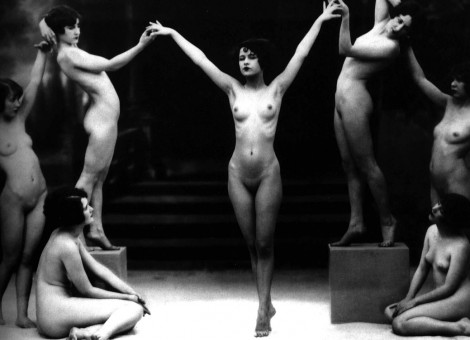|
Stories
A Brief Intro to Early Erotic Photography
Posted on 11/12/2014
1839: Louis J.M. Daguerre publicly announces that he has found a method of developing permanent photographic plates. The painter Paul Delaroche declares: "From today, painting is dead!"
This statement turned out to be an exaggeration, but it's obvious that photography dramatically changed how we communicate the world around us. Artists like Delaroche saw it both as a threat to their livelihoods and as an inferior medium that would never capture the nuances of painting. Painting as a whole did survive of course (though most portraitists of the day had to switch to photography or find themselves out of work), but photography eclipsed it quickly in several key realms. Among others, portraiture, journalism, and what we're concerned with here - pictures of naked people.
The first nude 'photographs' were daguerreotypes (named for the aforementioned Daguerre) - an image printed directly onto a polished silver plate coated with silver halide. They had their limitations: each daguerreotype was a one-off image that could not be reproduced and the exposure times could run upwards of 10 minutes, not ideal for human subjects. However, they produced beautiful, haunting pictures that did not fade over time. Many were delicately hand-tinted and colored by the photographers, often formerly painters themselves.
The vast majority of nude daguerreotypes were produced in 1840-1850s France and could cost buyers the modern equivalent of $1000. Most of these were first created as 'nude studies' or 'academies' ostensibly as nude references for painters but really designed for a, uh... wider audience. They were, as author Aaron Scharf has stated, "information for artists and pleasure for voluptuaries".
Keeping in line with artistic conventions, a lot of the early nudes you'll see here contain historical & mythological themes or at least have elements (folding drapery, idyllic woodland scenes, dildos, etc) that were found in the portraits of the day. The idea being to provide a glimmer of respectability (and in those times, legality) to what are essentially erotic prints.
In the 1850s and following decades, improved photo techniques started cropping up rapidly - Henry Talbot's calotype, Fredrick Scott Archer's collodion process, the ambrotype, the tintype, et cetera, each one an improvement over the last. Unlike the single-use daguerreotype, many of these allowed photographers to create multiple positive prints from an original negative. And so the lovely yet difficult and very expensive daguerreotype was phased out. Materials became cheaper and the developing easier, and photographic nudes were able to reach a larger audience.
The academies gained in popularity along with mass-produced saucy postcards (a thriving industry in Paris in the late 1800s, though most were illegal to actually send and thus simply called 'postcards' because of their size). They were available through street vendors, select bookstores, tobacco shops, and other merchants who were off the beaten path and better able to avoid official oversight.
More and more photographers began producing more and more explicitly erotic material, photos that made no pretensions towards 'art' (check out the hardcore sex archives). This trend brought the wrath of the authorities down on many erotic book & photo sellers. Remember, this was the Victorian age in England, and its rigid moral system hung over most of the Western world. Forget about America... almost everything of a sexual nature there, including works now considered masterpieces, was subject to seizure and its possessors open to prosecution. Hence we have few early erotic images by American photographers.
The case was similar, if slightly less severe, in England. Even in France, which has always been comparatively open in its attitudes towards sexual matters, dealers regularly incurred the unwelcome attention of various authorities. In August 1900, gendarmes (French military police) raided shops and studios throughout Paris and confiscated over 80,000 erotic photos. Still, the intrepid erotic photographers weren't fazed by the late-summer crackdown. They simply relocated and made an extra effort to use anonymous backgrounds that wouldn't give away the location of the photo shoot.
And that's basically how it's been with erotica in western European & American culture thru the ages: a defiant minority produces it, the population at large uses it, and all the while the powers-that-be try to suppress it. The mediums change, but steamy pictures always seem to get someone upset, whether they're done in oil, celluloid, or Polaroid.
|
|
|
Most Popular Models
Seka
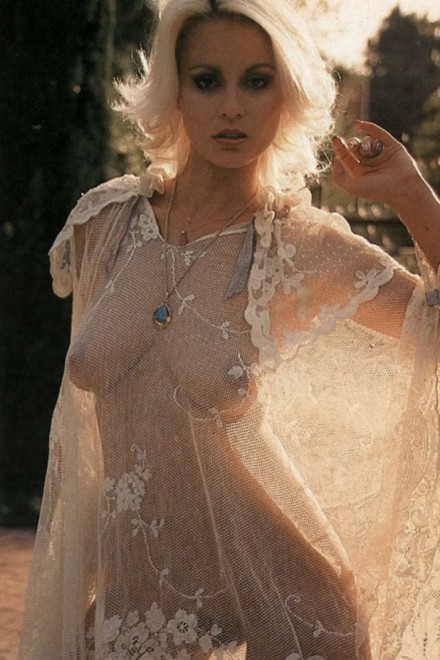
Age:
Height:
Measurements:
Astrological Sign:
Fun Fact:
Platinum-haired and with an unmistakable charisma & camera presence, Seka is one of the most recognizable adult actresses of the 1970s.
She was born to Irish-Cherokee parents who named her Dorothiea Ivonniea Hundley, and had a self-described "normal" upbringing in Virginia which included multiple beauty pageant coronations and a short-lived shotgun marriage at age 18. Later, while owning several adult bookstores Dorothiea - or Dottie as she was known - became exposed to the world of porn (she repaired the film reels when they inevitably broke) and took issue with their "nasty representation" of women. Thinking she could do better, a legend was born.
She adopted the moniker "Seka" from a female blackjack dealer she once knew in Vegas, then relocated to Los Angeles to start her adult movie career. And her original plan did indeed come to fruition - Seka routinely played strong independent women who knew what they wanted & how to get it, a stark departure for an industry that typically depicted females as passive and degraded. When all was said & done, she tallied over 200 films and performed many scenes alongside (and underneath) such male mainstays as John Holmes, Jamie Gillis, Paul Thomas, etc, and wound up in basically every adult industry Hall Of Fame out there. One of our all-time favorites.
Double tap the picture view this model.
|
Virginia Bell
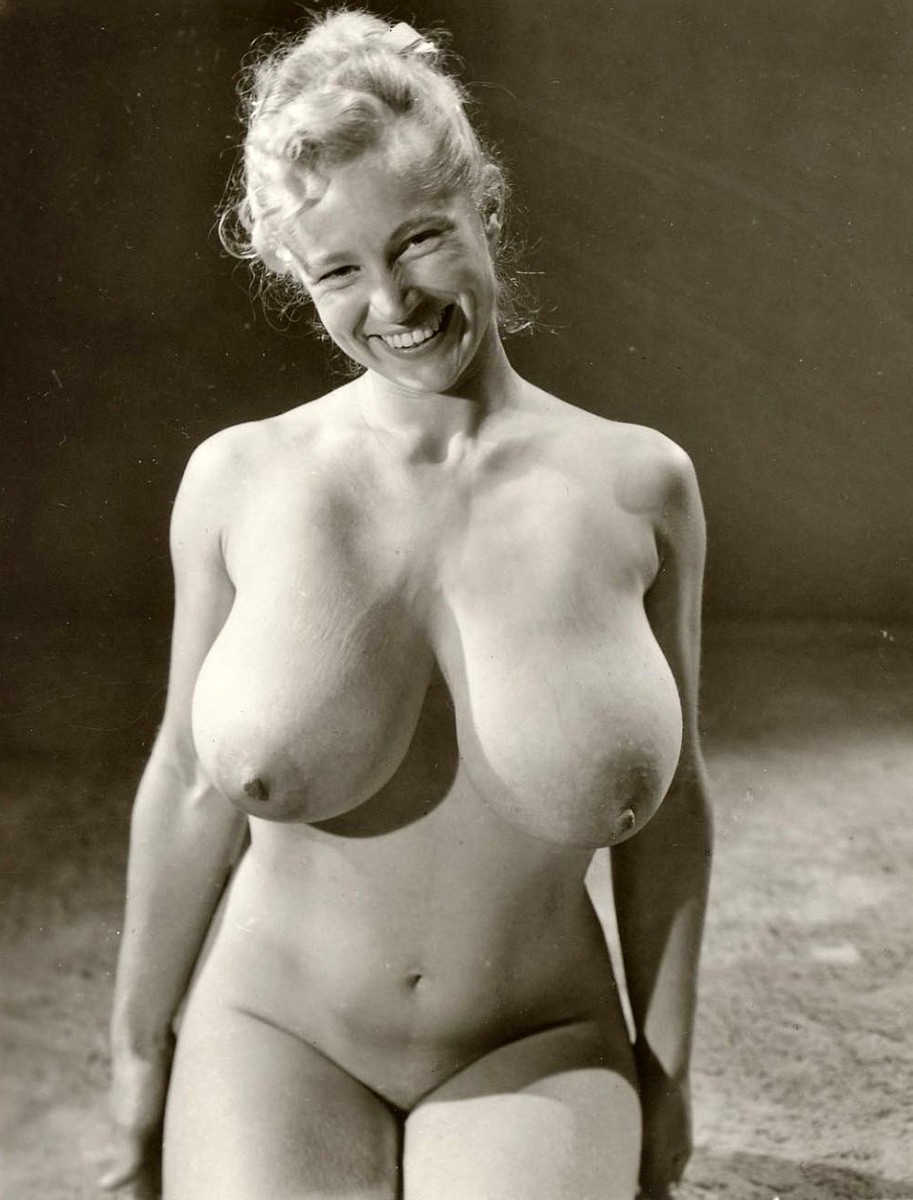
Age:
Height:
Measurements:
Astrological Sign:
Fun Fact:
Diminuitive of height at only 5'2”, Virginia brought new meaning to the term STACKED. With a winning smile, wavy blond hair, & a pair of fantastically bounteous bodacious breasts, she was one of the most popular burlesque & pin-up models of the 1950s and early 1960s.
She appeared in SoCal burlesque clubs in her early 20s and went on to star in many short topless reels, magazine shoots, and even a few feature-length B-movies (including a star turn in Lewis & Friedman's "Bell, Bare, and Beautiful"). In an era where implants were extremely rare, Virginia's boobs were of such wondrous proportions that people did indeed speculate whether she'd had them enhanced - however by all accounts they were 100% natural.
Double tap the picture view this model.
|
Bettie Page
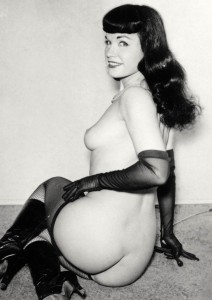
Age:
Height:
Measurements:
Astrological Sign:
Fun Fact:
Much has been written & said about The Queen Of Pin-ups elsewhere, and better than we could, so we'll stick to the basic facts.
Born in 1923 in Nashville, voted “Most Likely To Succeed” in high school and then graduated salutatorian of her class, Bettie then bounced around from California to Miami to Haiti before arriving in New York City. After a stint with secretarial work, she broke into the modeling scene especially the so-called nude “camera clubs” - before long her distinctive black bangs, luscious body, and singular charm was being featured in various girlie mags of the era.
Bettie's most fruitful partnership came with bondage photographer Irving Klaw, who created custom photosets and film reels for clients based around the (now well-established) BDSM tropes: spanking, catfights, leather boots & fishnets, riding crops, etc. Interestingly though she was in-demand for that sort of material, Bettie never had any interest in bondage in her personal life – she considered it harmless, if a bit silly. I think that's part of her stuff's allure, aside from being ravishingly beautiful there was always an aura of carefree & fun coming through in her photos.
Truly a legend, and one with influence far outside the world of pin-ups - there'll never be another one quite like Bettie.
Double tap the picture view this model.
|
Brigitte Lahaie
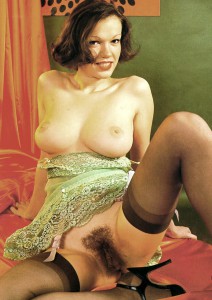
Age:
Height:
Measurements:
Astrological Sign:
Fun Fact:
French-born Brigitte began her adult career in the mid-1970s, appearing in a large catalogue of well-produced European erotic movies – reasonable budgets, convincing sets/costumes/props, and halfway decent actors made many of these into “real” movies that just happened to portray lots of sex. In our (biased) opinions, these generally blow any contemporary porn out of the water both in quality and eroticism, but that's a topic for another place ;)
She also appeared in many men's magazines & shorter (yet still high-quality) XXX loops, which provide most of the Brigitte-oriented content you'll find here. Lovely woman with an incredible body (oh those breasts!) and by French accounts a decent actress, she went on to success in mainstream films, television, and radio (a show on which she still hosts).
Double tap the picture view this model.
|
Annette Haven
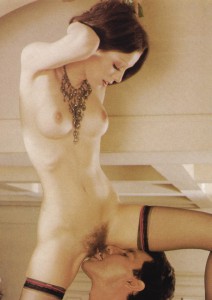
Age:
Height:
Measurements:
Astrological Sign:
Fun Fact:
A sex goddess from the Golden Age of XXX, Annette was born in Las Vegas to a conservative Mormon family (which she says influenced her decision to enter porn) and upon adulthood moved to San Francisco and found work as a stripper. Introduced to the world of sex cinema in the early 1970s by her roommate & sometimes lover Bonnie Holiday (in a menage a trois with Holiday's husband), she quickly climbed to adult stardom and was featured in some of the highest budget & best XXX films of the era.
Annette's arguably the best pure *actress* of 1970s-1980s adult flicks, and had some roles in mainstream movies also. She went on to direct and produce adult films as well – there are a couple interviews out there that recount some of her time in the industry, and she comes across as a highly intelligent & insightful woman. Well worth checking out if you can find them.
Double tap the picture view this model.
|
Lillian Parker
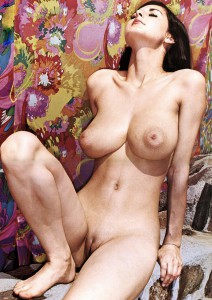
Age:
Height:
Measurements:
Astrological Sign:
Fun Fact:
Double tap the picture view this model.
|
Roberta Pedon
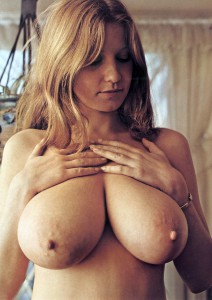
Age:
Height:
Measurements:
Astrological Sign:
Fun Fact:
Roberta Pedon (1952-1982) was born with the not exactly stage-friendly name Rosma Laila Grantoviskis to Latvian-Jewish parents in Ohio. Supposedly somewhere along the line she picked up fluent Portuguese, although not much else is known before her migration to California in the early 1970s.
She was quickly 'discovered' by photographers & men's magazines, and became a mainstay in the pin-up landscape of the era. The fact that her lovely slender body included a pair of incredible breasts several sizes larger than the rest of her frame got her fans' attention, but her staying power was helped along with an appealing girl-next-door appearance - pretty eyes, a goofy smile, and a general demeanor halfway between corn-fed Midwestern girl and California hippie. That combo - the proportions of a goddess but the down-to-earth persona of your neighbor around the block - is a big reason for her appeal even decades later.
Sadly, Miss Pedon's personal demons - drugs & alcohol & who knows what else - were powerful & persistent and contributed to her death of liver disease at the young age of 28. Beauty & tragedy often go hand in hand, it's a story told again and again as the generations go on by...
Double tap the picture view this model.
|
Members Only Newsletter
Most Viewed Updates
Most Popular Updates
|

